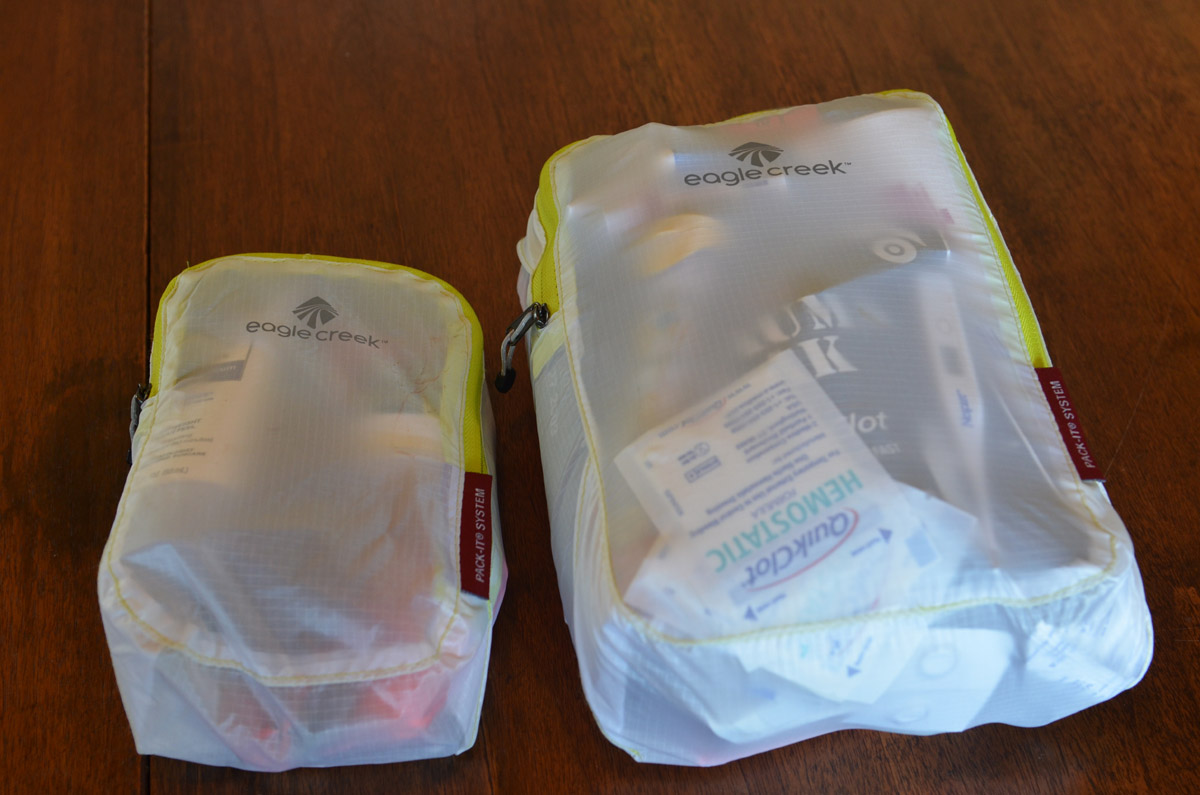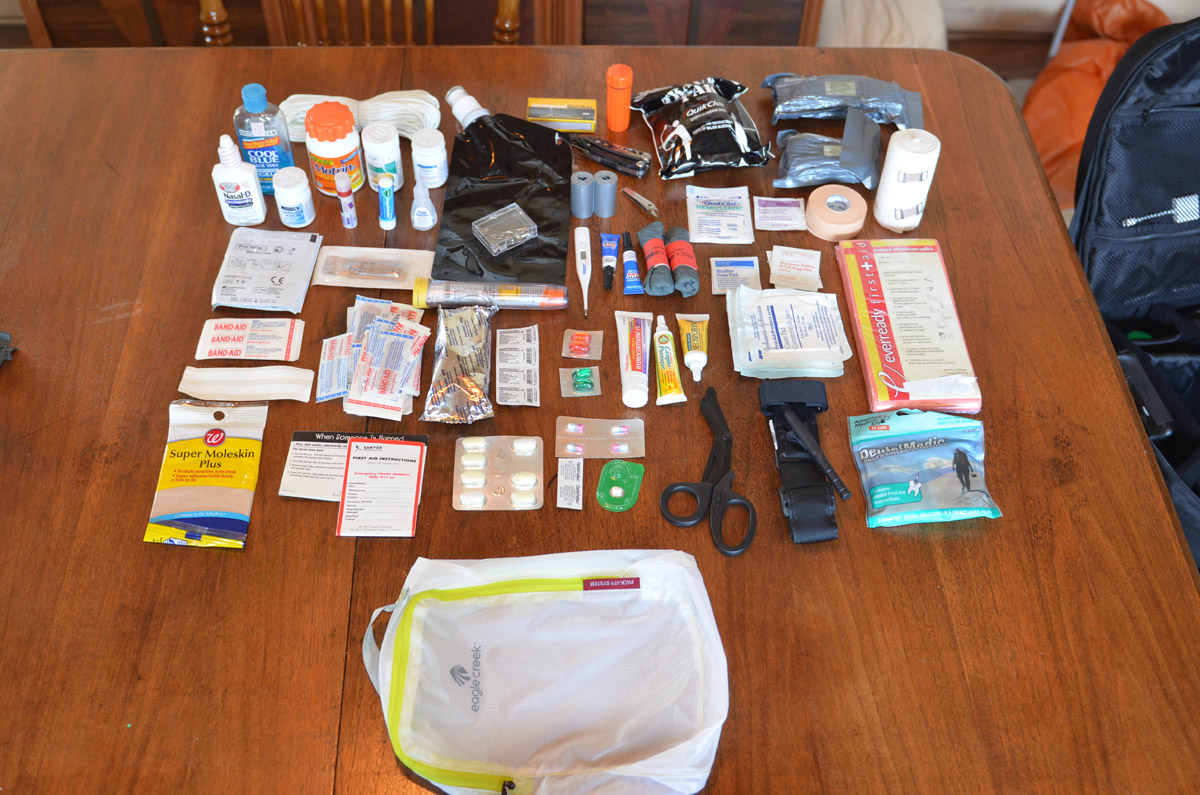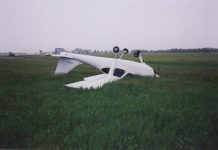As some of us were sitting around the campfire at Smiley Creek this year, the conversation turned to first aid supplies. Since my day job is working in an emergency department, and I have a few years of experience in emergency medical services, “somebody” thought I might have something to add to the discussion. Names have been withheld to protect the guilty. Clearly the Smiley Creek pirate rum was at work.
As a spinoff from that discussion, it was thought that this could be a useful article for the GlaStar Flyer— although off-topic from the usual articles.
So here are my few thoughts on first aid supplies.
Like when making the decision about what airplane to build, or for other considerations regarding different equipment options, it comes down to the “mission” or the issues involved. Basically, what injuries can you anticipate in the environment? How far away is help? What do you have to manage until help arrives?
You can go way overboard with supplies (not that anyone in aviation would ever go overboard). It is a good idea to keep in mind: what can you do? What can you do with the supplies you have? And what won’t make a bit of difference?
Certainly, having a utility first aid kit in the hangar or shop is absolutely useful.
General recommendation
As a general recommendation, the basic kit should include:
- Antibiotic ointment
- Band-Aids
- Tape
- Gauze pads
- Aspirin/Tylenol/Ibuprofen
- Benadryl or other antihistamines
- Roller bandage
- Eye wash (or access to an eye wash)
- Burn cream (can use antibiotic ointment)
- Knife
- Tweezers
- Gloves (nitrile, not latex – they store better over long term)
- Scissors
- Alcohol wipes
- Flashlight
- Hand sanitizer
Kits like this are cheaply commercially available. Assuming you put one in your hangar, be sure to look through it and be familiar with what is in it, or add anything extra you would want to have around. The general point is that most injuries in this environment are going to be cuts, scrapes, minor burns, maybe allergic reactions.
Certainly it is a good idea to have the ability to flush eyes, and you can use tap water for that. Help is generally readily available, so you don’t need a broader range of supplies.

Local travel
The next consideration, is for local travel or areas where you have access to medical care but it would be useful to have some supplies, so that you don’t have to interrupt your plans if you have an unexpected “owie.”
I’d have everything in the above first aid kit, plus:
- Ace wraps (2-4)
- Emergency thermal blanket
- Sam Splints (at least 2) – Sam Splints are commercially available padded, soft aluminum moldable splints
- Eyeglass repair kit
- Dental kit (over the counter temporary cavity filler)
- More Band-Aids/medications/gauze
Back-country travel
The last situation, is what to consider packing when you are going off the beaten path. Such as backcountry camping, flying in Alaska or Mexico, or other hard to reach places.
Probably the best thing you can bring is a satellite phone (although there is nothing as cosmically ironic as talking to a Poison Control Center late at night in “the middle of nowhere, Baja, Mexico,” after a member of your party got stung by the Centroides scorpion (the only scorpion that poses a risk to people in the US or Mexico), and have them say that we need to get to a hospital ASAP, when there was no way to get out of there until sunrise). It is all well to be able to call for help, but keep in mind that “help” may not be as fast as you would like. Same goes for using a personal locator beacon.
For a “back country first aid kit” I would include everything from the above, plus:
- Quickclot (gauze impregnated with a chemical which makes blood clot rapidly)
- Tourniquet
- Water purification tablets or filter
- More Band-Aids, gauze pads and rolls.
- Larger amounts of Aspirin/Tylenol/ Ibuprofen/antihistamines/antibiotic ointment/hydrocortisone cream.
- Rehydration electrolyte powder (I like powdered Gatorade)
- Nausea/diarrhea/antacid medications
- Moist towelettes
- Individual small single use crazy glue tubes – works great for closing cuts.
- Duct tape (can be combined with aircraft tool kit).
- Safety pins
- Moleskin
- Q-tips (works good to get foreign bodies out of eyes or skin)
- Lip balm
Consider in a remote setting, you might have more serious injuries or illnesses that may have to be managed for a longer period of time. Help is not going to be available rapidly.
A few other random thoughts:
- Scissors should be good quality trauma shears (if you are feeling rich, get the “Raptor” scissors by Leatherman). You want shears that can cut through thick clothes, shoes, etc.
- If you are not medically knowledgeable – throw in a simple first aid booklet.
- If anyone you are traveling with has serious allergies and needs an Epi-pen bring two. Same goes for inhalers if anyone has asthma.
- Bring extra of any prescription medications.
- Don’t bother with “snake bite kits” or “venom extractors’ (they are useless), or CPR masks (if you are in the middle of nowhere, and need to do CPR – it is going to be futile).
- Consider packing extra “feminine hygiene supplies.” Tampons can be used for nosebleeds in a pinch.
While this seems like a large amount of supplies, you can put together a package of all the above items in about a 12x8x6 inch box/bag. It should weigh less than 5 pounds. You can unroll the Sam Splints and put them around the edge of the kit (especially if you are using a soft sided bag – it provides some form to the bag, and you can store the splints without taking up much room). This can also be combined with survival gear (don’t forget the matches, sunscreen and insect repellent).
This is intended as a starting point, and not to be all inclusive.




